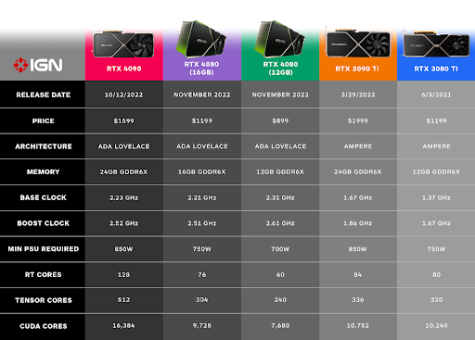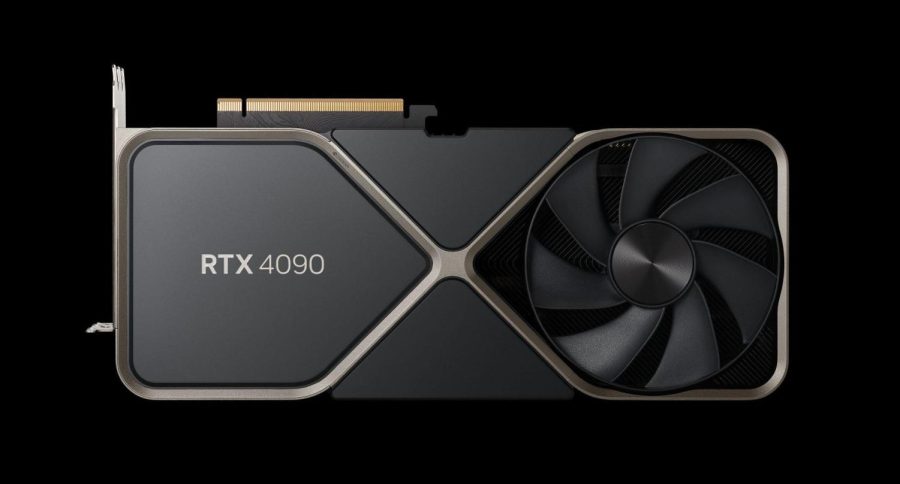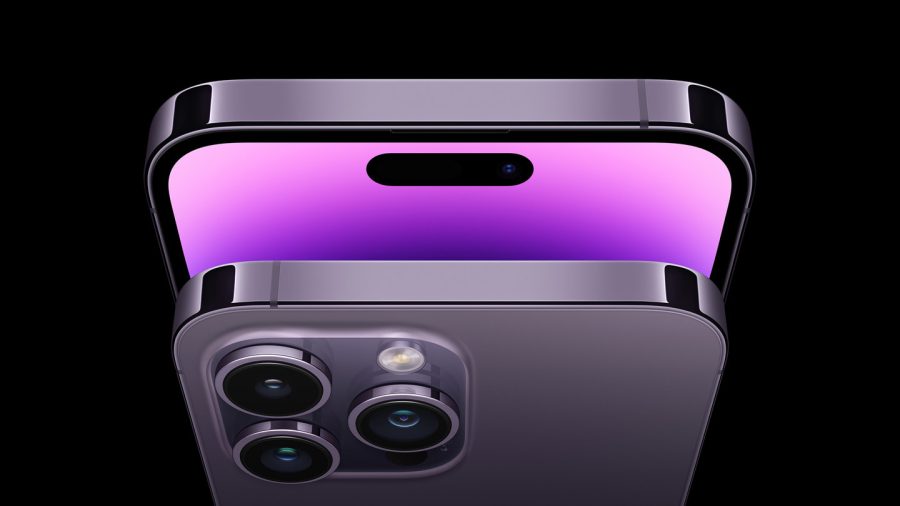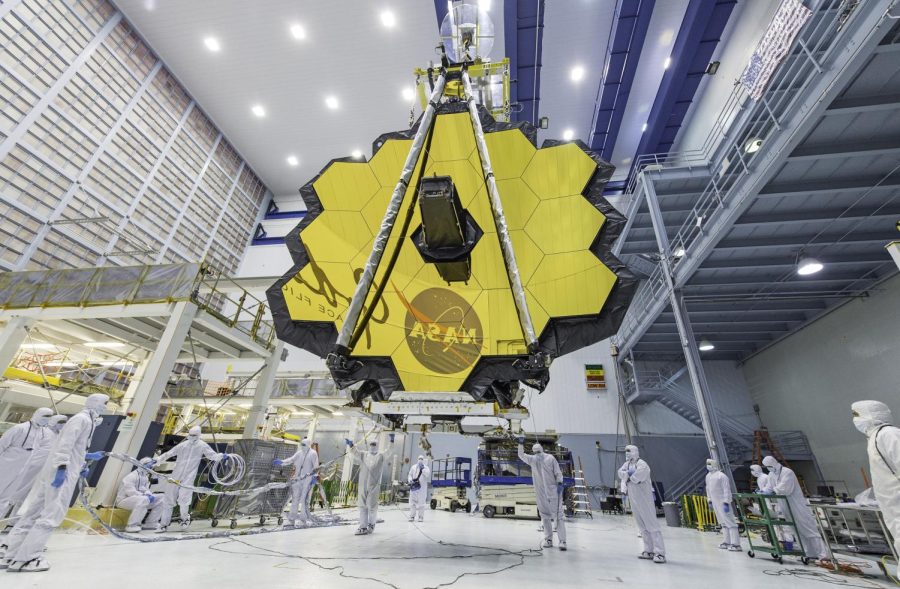Over the past couple of decades, computer technology has advanced a staggering amount. Though the 1080p resolution was introduced only in 2007, TVs have already advanced to support 8K resolutions and playing video games on 4K monitors has become commonplace.
As a result of these profound changes, companies such as NVIDIA and AMD have had to produce graphics processing units (GPUs) capable of rendering real-time visuals at high resolutions, specifically for the gaming industry. In the fall of 2022, NVIDIA began to release its RTX 40 series GPUs, which promised performance unlike anything the gaming community had seen before.
According to benchmarks conducted by DigitalTrends, the RTX 4090 nearly doubles the performance of its high-performing predecessor, the RTX 3090 Ti. While the gaming community was expecting an increase in performance, such a vast jump was shocking. However, a quick comparison of the cards’ specs makes the jump quite understandable.
Just like the 3090 Ti, the 4090 comes with 24 gigabytes of GDDR6X virtual RAM (random access memory). Needless to say, it will be difficult to find a task for which this card has insufficient memory. While the cards have the same amount of VRAM, the 4090 begins to show off once you look at its more particular specs.
According to NVIDIA, The 4090 brings 16,384 CUDA cores to the table, compared to the 3090 Ti’s 10,752. Furthermore, the 4090 has 128 RT cores compared to the 84 of the 3090 Ti. It also supports a base clock speed of 2.23 gigahertz (GHz) and a boost clock of up to 2.52 GHz, compared to the 3090 Ti’s 1.67 GHz and 1.86 GHz, respectively. Lastly, the 4090 contains 512 tensor cores, a massive increase over the 3090 Ti’s 336.

To put it simply: the RTX 4090 is an unprecedented feat of computer engineering.
Further highlighting the impressiveness of this GPU, the 4090 demands a minimum of an 850 Watt power supply — the same as the 3090 Ti. While 850 Watts is certainly a lot of power, the fact that NVIDIA have managed to nearly double the performance of the 3090 Ti with the same amount of power is nothing short of obscene.
The new Ada Lovelace architecture of the RTX 40 series GPUs is responsible for this profound performance to power ratio, allowing NVIDIA to pack far more technology into a given amount of space than the Ampere architecture of the 30 series could. Across the board, the RTX 40 series GPUs deliver improvements similar to that of the 4090, though not quite as profound.
NVIDIA’s new line of GPUs is, without a doubt, impressive and worthy of massive praise. However, the freakishly high price tag makes it incredibly difficult to recommend these products to the average 1080p gamer.
NVIDIA advertises the RTX 4090 at $1600, but in actuality it is incredibly difficult to find one below $1900. The rest of the 40 series GPUs carry similarly exorbitant price tags.
With the cryptocurrency mining era having ended, the demand for high-end GPUs has decreased greatly. NVIDIA will most likely find it difficult to market these graphics cards to customers considering that, according to Steam’s Jan 2023 survey, only around two percent of players use 4K resolution.
Ultimately, gamers should only purchase an RTX 40 series GPU if they play games on 4K or 8K resolution and have the money to spare. Otherwise, an RTX 3060 Ti or an RTX 3070 will be more than sufficient for most players.









